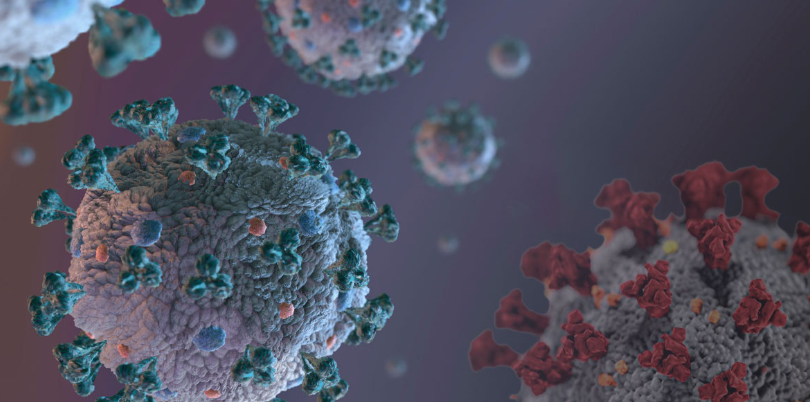COVID-19: A Comprehensive Overview and Its Global Impact

Agency: COVID-19, caused by the SARS-CoV-2 virus, emerged as a global health crisis in December 2019, with its origins traced to the city of Wuhan in China.
It spread rapidly across borders, leading the World Health Organization (WHO) to declare it a pandemic on March 11, 2020.
The pandemic has had far-reaching effects, disrupting health systems, economies, and daily life on a global scale.
This article delves into the origins, symptoms, transmission, effects, treatments, and preventative measures of COVID-19.
Origins and Transmission of COVID-19
COVID-19 was initially traced to the Wuhan seafood market, where early cases were believed to have originated from either bats or pangolins, though debates around its zoonotic transmission continue.
The virus primarily spreads through respiratory droplets when an infected person coughs, sneezes, or talks.
It can also spread through direct contact with infected surfaces or close personal contact, leading to a rapid transmission rate.
As the virus became more widespread, researchers discovered that the virus could infect the upper respiratory system, leading to varying degrees of severity.
It can affect multiple organs, causing not only respiratory issues but also gastrointestinal problems, heart complications, and neurological symptoms in severe cases.
Symptoms of COVID-19 Infection
The most common symptoms of COVID-19 include fever, dry cough, fatigue, shortness of breath, muscle pain, sore throat, loss of taste or smell, and headaches.
Some individuals may also experience gastrointestinal symptoms like nausea, diarrhea, or abdominal pain.
In severe cases, the virus can cause pneumonia, acute respiratory distress syndrome (ARDS), or multi-organ failure.
Symptoms may appear between 2 to 14 days after exposure, making early detection and isolation crucial in preventing the spread of the virus.
Global Impacts of COVID-19
Social and Psychological Impact: Social distancing measures, lockdowns, and travel restrictions significantly disrupted daily life, leading to isolation and mental health challenges. Stress, anxiety, depression, and suicidal tendencies increased as individuals faced uncertainty, loss of livelihoods, and the emotional toll of the pandemic. Public gatherings, social events, and community support networks were also severely limited, deepening the social divide.
Medical Impact: The rapid spread of the virus overwhelmed healthcare systems worldwide. Hospitals were flooded with COVID-19 patients, leading to a shortage of medical supplies, oxygen, and ICU beds. The influx of patients also strained healthcare workers, causing exhaustion and increased stress. This crisis contributed to an elevated death toll in many countries.
Economic Impact: COVID-19 led to a global economic downturn, with widespread recessions, job losses, and disruptions in global supply chains. Industries such as tourism, aviation, and hospitality were hit hard, while businesses across various sectors faced closures and limitations due to lockdown measures. The pandemic led to a drastic reduction in consumer spending and international trade.
Educational Impact: Schools worldwide were closed, leading to a shift to online learning. However, this transition created inequalities in education, particularly in low-income countries or rural areas where access to the internet and digital devices was limited. This digital divide further exacerbated educational disparities.







